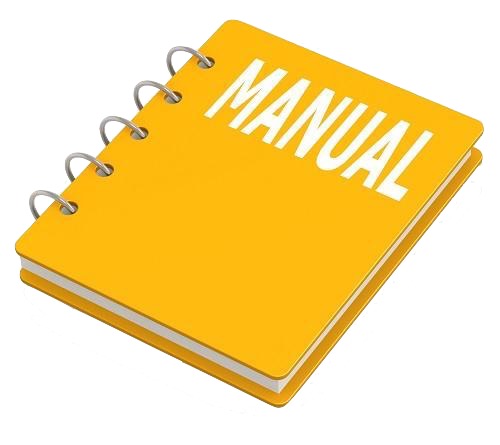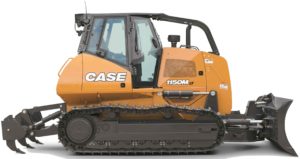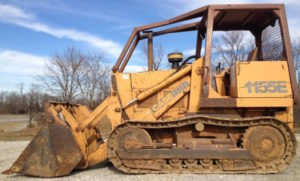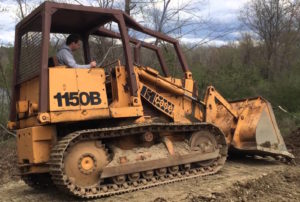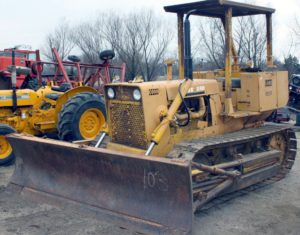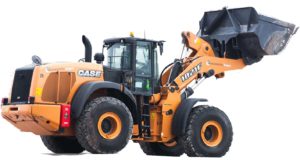INSTANT DOWNLOAD (add to cart)
Case 1150M Tier 4A (interim) Crawler Dozer Service Manual Factory Service & Shop Manual
2,200+ total pages, bookmarked, Searchable, Printable, high quality PDF
51418567 (Nov.2017, replace 47907865) – Case 1150M Tier 4A (interim) Crawler Dozer Service Manual.pdf – 2,281 pages
PIN NCDC11500 and above; PIN NDDC11000 and above; PIN NEDC11000 and above; PIN NFDC11000 and above; PIN NFC105000 and above
1150M Long Track (LT) – Tier 4A (interim) and Stage IIIB [NFC105000 – ], 1150M Long Track (LT) [NCDC11500 – ], 1150M Long Track (LT) [NDDC11000 – ], 1150M Long Track (LT) [NEDC11000 – ], 1150M Long Track (LT) [NFDC11000 – ], 1150M Wide Track (WT) / Low Ground Pressure (LGP) [NCDC11500 – ], 1150M Wide Track (WT) / Low Ground Pressure (LGP) [NDDC11000 – ], 1150M Wide Track (WT) / Low Ground Pressure (LGP) [NEDC11000 – ], 1150M Wide Track (WT) / Low Ground Pressure (LGP) [NFDC11000 – ], 1150M Wide Track (WT) / Low Ground Pressure (LGP) – Tier 4A (interim) and Stage IIIB [NFC105000 – ]
47907890 (replaces 47619956) – Electrical Schematic 1150M:1650M TIER 4A (Interim):STAGE IIIB.pdf
Complete workshop & service manual with electrical wiring diagrams for Case 1150M Tier 4A (interim) Crawler Dozer. It’s the same service manual used by dealers that guaranteed to be fully functional and intact without any missing page.
This Case 1150M Tier 4A (interim) Crawler Dozer service & repair manual (including maintenance, overhaul, disassembling & assembling, adjustment, tune-up, operation, inspecting, diagnostic & troubleshooting…) is divided into different sections. Each section covers a specific component or system with detailed illustrations. A table of contents is placed at the beginning of each section. Pages are easily found by category, and each page is expandable for great detail. The printer-ready PDF documents work like a charm on all kinds of devices.
EXCERPT:
Contents
INTRODUCTION
Engine… 10
[10.001] Engine and crankcase … 10.1
[10.202] Air cleaners and lines … 10.2
[10.206] Fuel filters … 10.3
[10.216] Fuel tanks … 10.4
[10.304] Engine lubrication system … 10.5
[10.310] Aftercooler… 10.6
[10.400] Engine cooling system … 10.7
[10.414] Fan and drive … 10.8
[10.500] Selective Catalytic Reduction (SCR) exhaust treatment … 10.9
Hydrostatic drive.. 29
[29.218] Pump and motor components… 29.1
Brakes and controls … 33
[33.110] Parking brake or parking lock … 33.1
[33.202] Hydraulic service brakes … 33.2
Hydraulic systems… 35
[35.000] Hydraulic systems… 35.1
[35.300] Reservoir, cooler, and filters… 35.2
[35.104] Fixed displacement pump … 35.3
[35.105] Charge pump… 35.4
[35.359] Main control valve … 35.5
[35.741] Dozer blade cylinders … 35.6
Tracks and track suspension … 48
[48.130] Track frame and driving wheels … 48.1
[48.100] Tracks … 48.2
[48.134] Track tension units … 48.3
[48.138] Track rollers … 48.4
[48.140] Dropbox and final drive … 48.5
[48.AAA] Tracks and track suspension generic sub-group … 48.6
Cab climate control … 50
[50.100] Heating … 50.1
[50.104] Ventilation … 50.2
[50.200] Air conditioning… 50.3
Electrical systems … 55
[55.000] Electrical system … 55.1
[55.011] Fuel tank system … 55.2
[55.014] Engine intake and exhaust system… 55.3
[55.015] Engine control system… 55.4
[55.030] Service brake electrical system … 55.5
[55.050] Heating, Ventilation, and Air-Conditioning (HVAC) control system… 55.6
[55.100] Harnesses and connectors… 55.7
[55.201] Engine starting system … 55.8
[55.202] Cold start aid … 55.9
[55.301] Alternator… 55.10
[55.302] Battery… 55.11
[55.408] Warning indicators, alarms, and instruments … 55.12
[55.512] Cab controls… 55.13
[55.518] Wiper and washer system… 55.14
[55.988] Selective Catalytic Reduction (SCR) electrical system … 55.15
[55.DTC] FAULT CODES… 55.16
Dozer blade and arm.. 86
[86.110] Dozer blade … 86.1
[86.124] Dozer pushbeams and struts … 86.2
Platform, cab, bodywork, and decals … 90
[90.150] Cab… 90.1
[90.160] Cab interior trim and panels… 90.2
[90.120] Mechanically-adjusted operator seat… 90.3
[90.124] Pneumatically-adjusted operator seat… 90.4
[90.100] Engine hood and panels … 90.5
…
